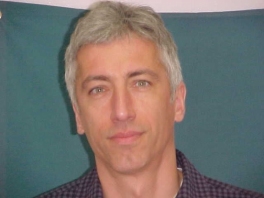 Q: You’re part of an upcoming symposium at MIT about continuous processing. Can you talk to us about the state of continuous processing in biotechnology?
Q: You’re part of an upcoming symposium at MIT about continuous processing. Can you talk to us about the state of continuous processing in biotechnology?
A: Yes, the event is the International Symposium on Continuous Manufacturing of Pharmaceuticals (May 20-21, 2014). Several white papers will be discussed covering both small molecules and biologics. Professor Charles Cooney and I will be presenting the white paper on continuous bioprocessing.
The transition from batch to continuous processing reflects the maturation of the biotechnology industry. We’ve seen the same transition occur in other fields as they matured—it’s a natural progression for manufacturers to move to continuous processing, because it allows for more efficient operations and reduced costs.
These same drivers are present in biotechnology as well. In addition, continuous processing offers biotechnology companies increased flexibility—you can use the same platform for various types of therapeutic proteins. More flexible management of manufacturing capacity according to market demand is also possible.
Furthermore, continuous processing facilitates quality control. For instance, many therapeutic proteins are insufficiently stable for batch processing. But with continuous processing, once the protein is secreted from the cells it can be taken out of the bioreactor and purified immediately, so there’s no degradation.
Up until a few years ago, continuous processing was limited to upstream only, because there were no unit operations available for downstream. But now several companies, including Cytiva, are making unit operations for continuous chromatography based on switching columns. So we’re beginning to see a movement toward integrated up and downstream continuous processing.
Q&A's with Industry Leaders--read more here.